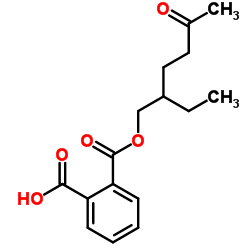| Structure | Name/CAS No. | Articles |
|---|---|---|
 |
UNII:19ND350H65
CAS:28553-12-0 |
|
 |
UNII:7J8J8977X9
CAS:40321-98-0 |